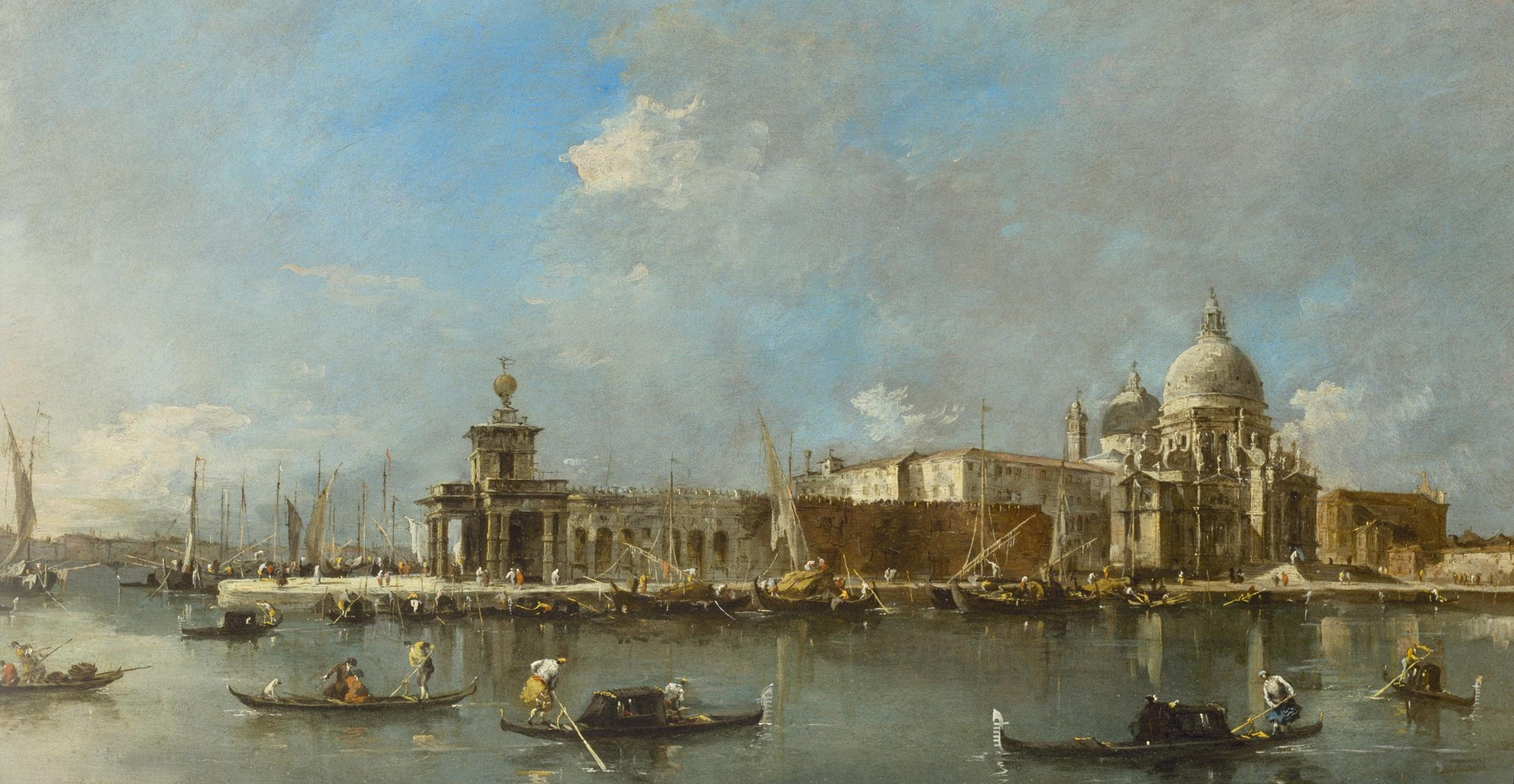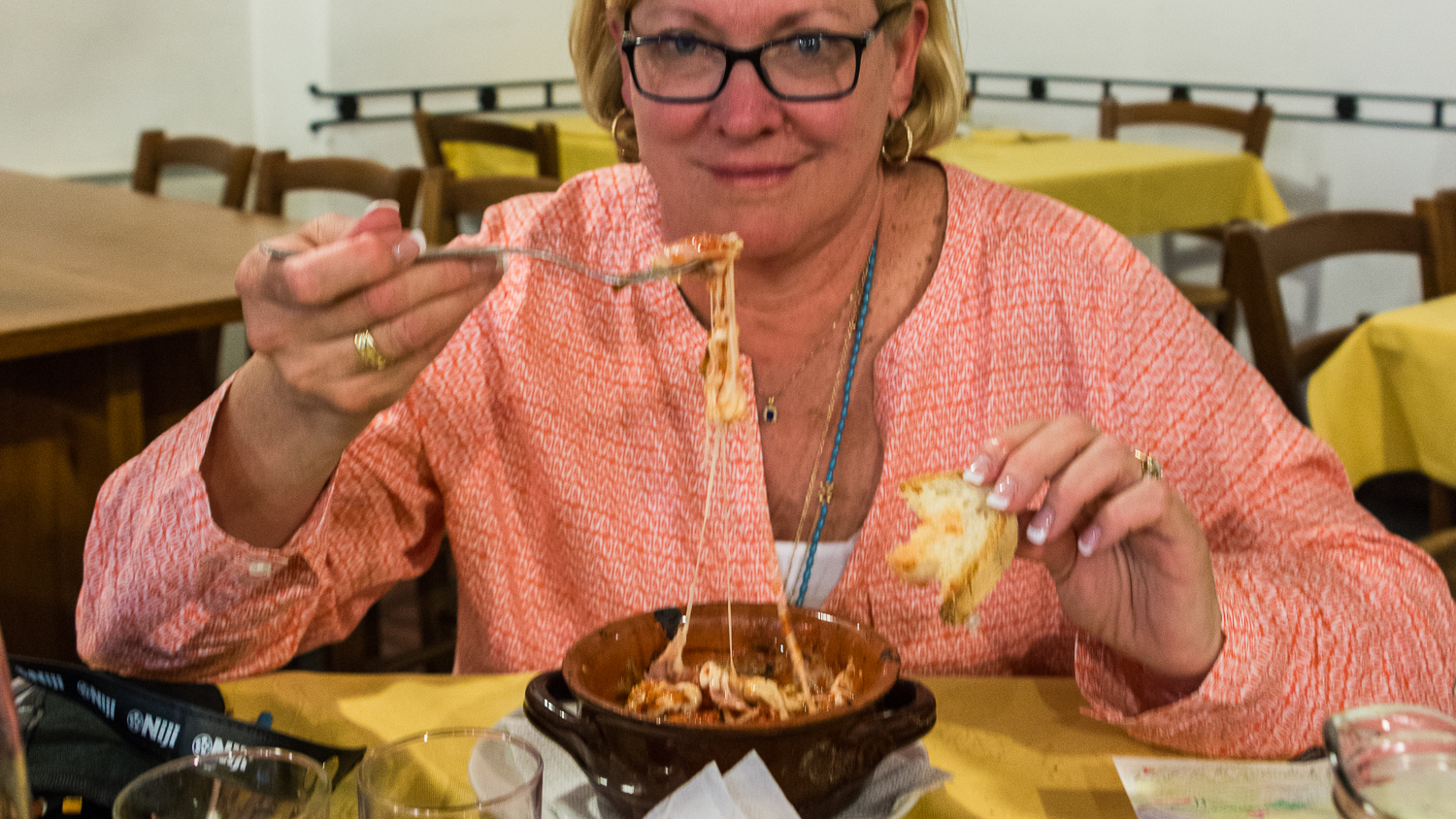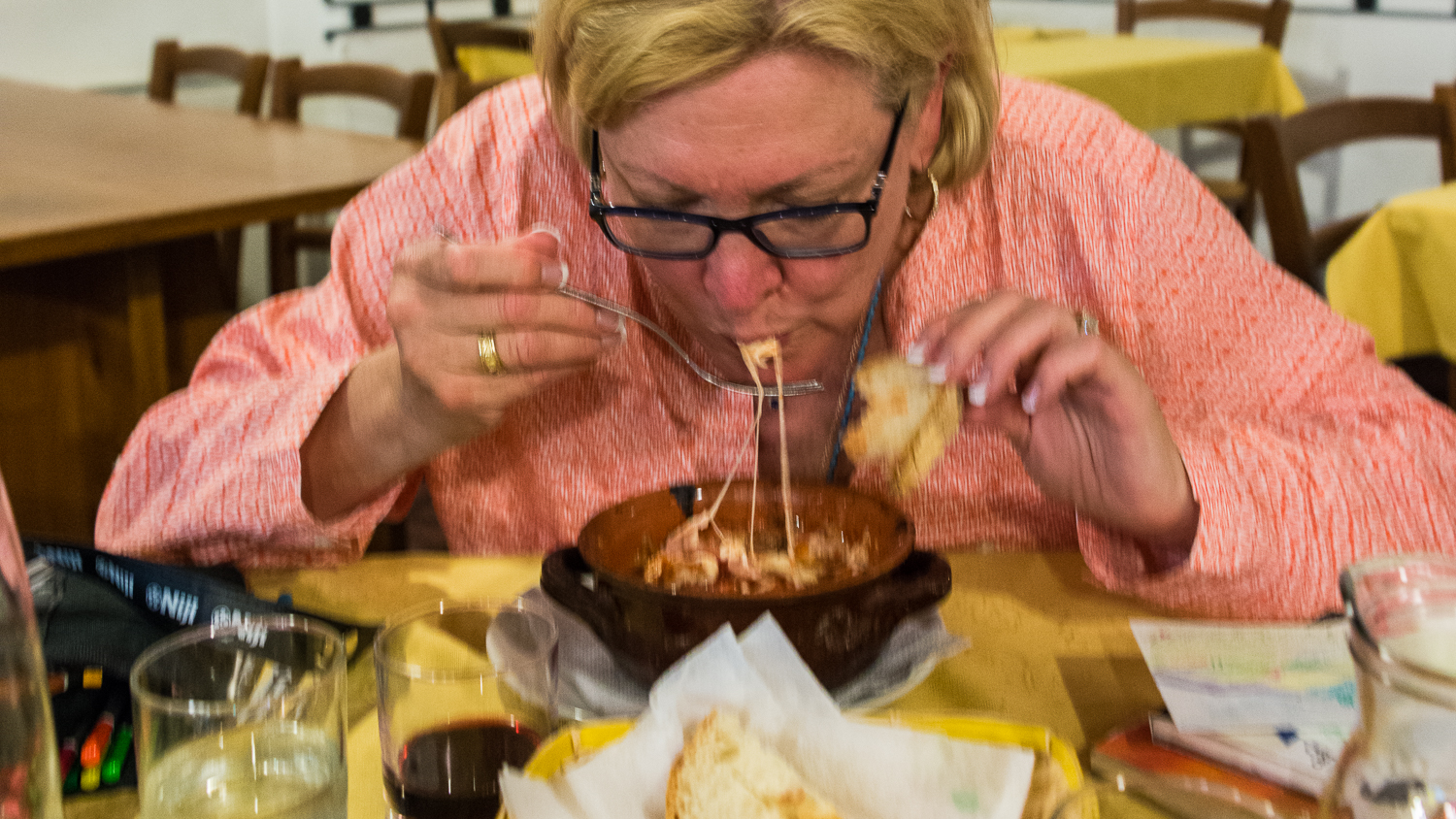Last week, I showed you several of the water wells that can be found around the city of Venice. Though these wells, or pozzo (singular) and pozzi (plural), are not used today, they have a certain historical significance for the Venetians.
“The last pozzo is the most challenging...there is no way to remove these elements — right?”
The photos you saw last week were a far cry from what I stared with out of the camera. So, this week, I give you a look behind the curtain to see what transpired to get the photos more presentable for you. After all, you may remember that my goal is to present to you a Venice of bye gone eras. This means that I have to meet the challenge through manipulation. So, here goes...
Pozzo #1
In this first snapshot, you can see that the pozzo is not the center of attention. It has to compete with a doorway, doorbells, and conduits of various sorts. Want to see a larger view of a photo, just click on its image.
1 - Yucky original snapshot.
Below, the distracting elements have now been removed.
2 - Distractions removed
Finally, a richer texture was added and the pozzo was isolated by blurring the newly-created background a bit.
3 - Final photo
Pozzo #2
This beautiful floral-themed pozzo is found in a nice, quiet courtyard. The original snapshot was off-kilter a bit, and it had a distracting background.
1 - Unlevel cluttered snapshot
Below, I've worked on the background to simplify it so that more focus is given to the pozzo.
2 - Background simplified
Finally, the background has been darkened and placed out of focus, and the pozzo has been given a richer texture.
3 - The final, cleaned up pozzo
Pozzo #3
Here is another pozzo that is found in a campo with distracting elements -- in this case, iron-barred windows -- I'll show you more on these windows in the future.
1 - Distraction abounds beyond this pozzo
Below, you can see that the windows have been removed, as if by magic.
2 - No more windows!
Finally, as before, the pozzo is given focus through isolation and texture.
3 - The completed pozzo photo
Pozzo #4
This last pozzo is the most challenging...just look at all of that stuff in the background of this busy campo. We have plants (palm trees, no less), windows, urns, lions, and even my reflection in the door of the Venice Best Western hotel. For sure, there is no way to remove these elements -- right?
1 - A busy courtyard with busy, distracting elements
As if by magic, I was able to reproduce enough of the wall stonework to fill in the background...but I have to admit that I had the help of Harry Potter as I worked this magic.
2 - Now, no distracting elemnents
After a considerable amount of time and effort, I present to you the final photo, below. I doubt that you noticed, but there is a bit more water issuing forth from the spigot than the trickle of the original snapshot.
3 - The final photo with its rich texture and color -- along with a more generous stream of water
Well, that's it for this weeks transformation. Though the Venetians no longer have to rely on these pozzi, rest assured that they treasure them. And, I'm proud to present them to you in a more positive light.
Photo Tip: When photographing an object like these pozzi, get low before you snap the photo. The subjects will be much more interesting than if photographed looking down at them. And this works especially well when photographing children!
Ciao for now,
Steve


























